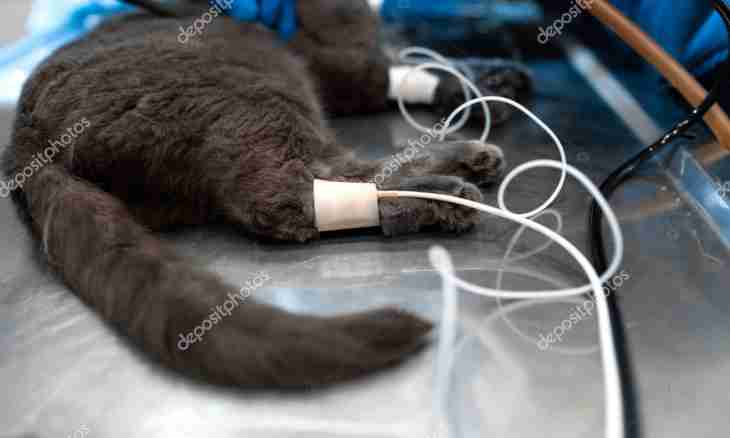The general anesthesia is required to animals not only when carrying out difficult surgeries. It is easier to carry out some medical and even cosmetic manipulations when the animal is immobilized and does not feel touches of the veterinarian. Process of an exit of an anesthesia is rather individual and in many respects depends on a type of an anesthesia, age and a condition of a pet. If the operated animal is not in veterinary clinic under observation of experts, owners should pay special attention to the favourite to facilitate to it an exit from the forced dream.
The first hours after an anesthesia
The inhalation anesthesia is transferred easier - usually the animal recovers within several minutes, and in one or two hours is capable to get up and even to move – depending on weight of operation. After a total intravenous anesthesia it is required about a day that the pet completely recovered. Some types of an intravenous anesthesia applied at simple operations differ in short action and provide fast awakening of an animal – within one or two hours.During the first hours after operation the constant observation, rest and heat are necessary for an animal. If in the house there are other pets or small children, it is better to isolate the patient. To check whether all as it should be with an animal, it is possible, having slightly opened it eyelids and having lit in an eye a small small lamp. If the pupil is narrowed, process of an exit of an anesthesia goes normally if remains without changes, it is necessary to deliver immediately an animal to the veterinarian. Veterinarians often advise to take away the operated animal from clinic not at once, and in two-four hours that in the first, most difficult hours after operation to provide the correct care and observation.
Full exit from an anesthesiaAnimal it is the best of all to lay houses on the floor closer to heat source, having spread something soft – do not arrange it on a sofa or a chair, otherwise, when motive function begins to be restored, the favourite can fall from height and is strong be injured. The small animal (a polecat, a rabbit, a cat) can be laid in a spacious box or to return to a habitual cage or a lodge if there are no his relatives. If there is an opportunity, it is better to use a disposable diaper as a laying – after an anesthesia involuntary urinations, vomiting, salivation can be observed. Coordination at the animal leaving an anesthesia can be broken for a long time – are often observed a poshatyvaniye when walking, falling, attempts to creep or run. Transfer the fallen animal back to a laying, stroke and calm. If the condition of the favourite causes concerns, it is better to be reinsured and show it to the doctor. Snore and puffing – an everyday occurrence at an exit from an anesthesia because of relaxation of the sky and a throat, but it is necessary to distinguish snore from the rattle which is a consequence of inhalation of emetic masses or violations of breath. The slackness, drowsiness can remain within a day and further after operation.
How to help the favourite
Cover the pet - leaving an anesthesia, animals often freeze. It can massage pads if they are cold. If eyes and a mouth at your favourite are open, in order to avoid drying of mucous membranes the language needs to be moistened with damp cotton wool, in eyes it is possible to dig sterile physical solution from the pipette. It is possible to give to drink to an animal in 4-6 hours after awakening. If the pet cannot drink itself, try to give to drink him from the syringe without needle. It is allowed to feed not earlier, than in 10-12 hours, it is better if the pet hungers day – it will not be injurious to his health.

